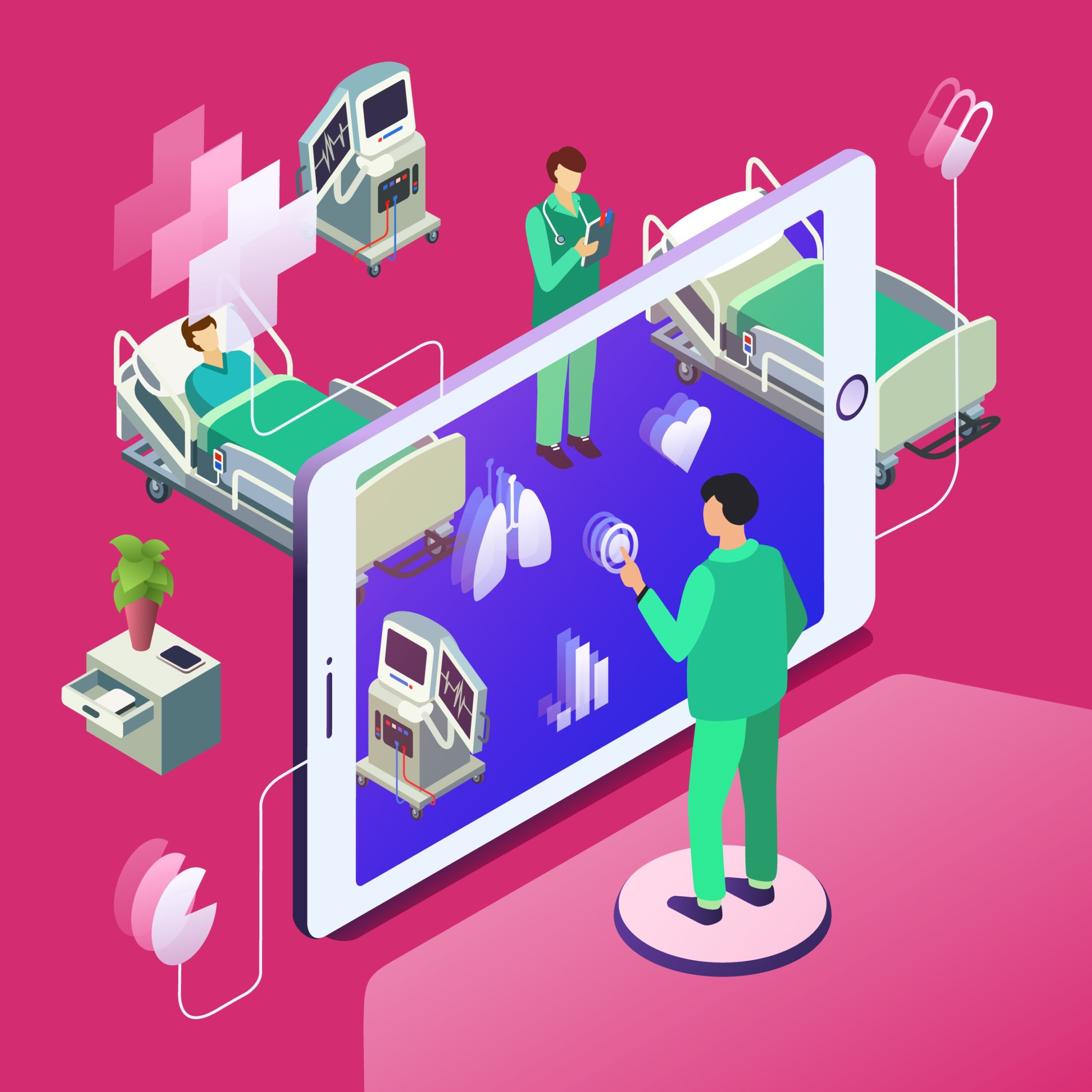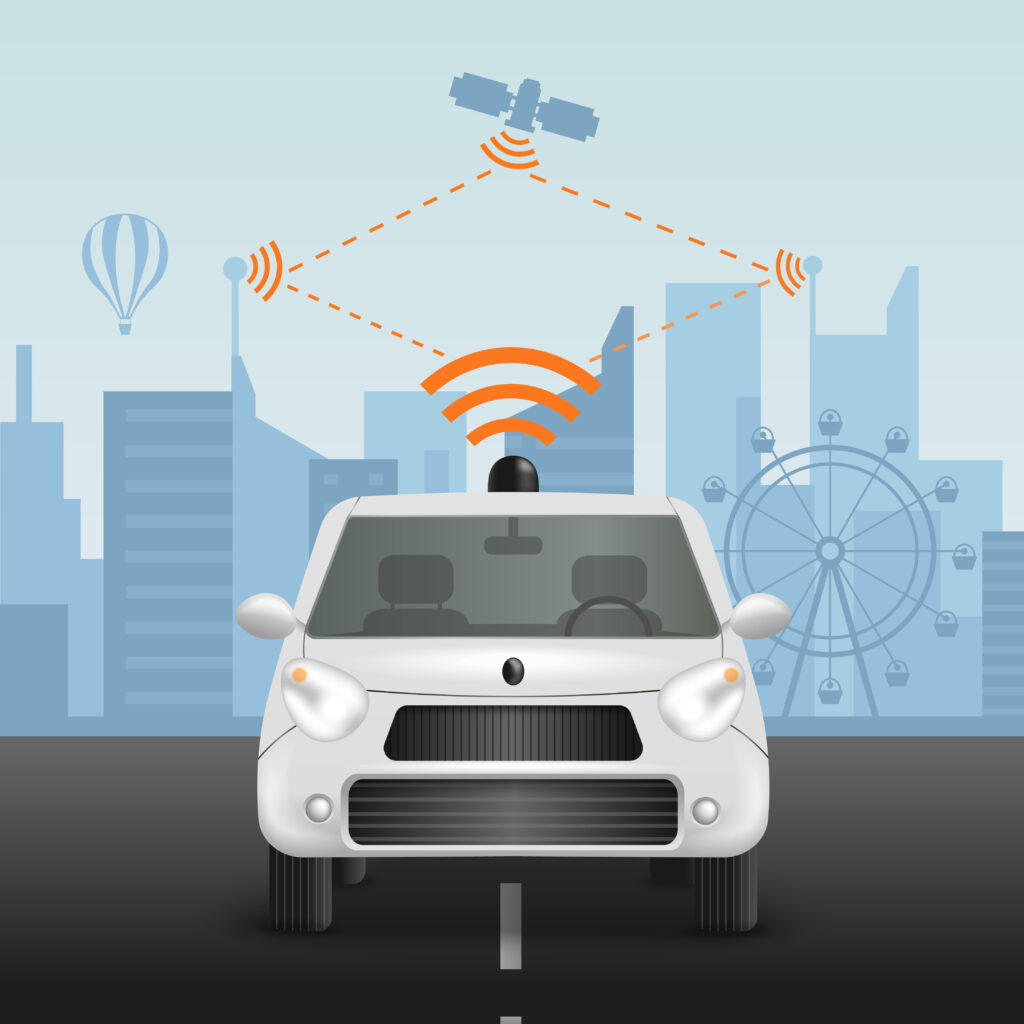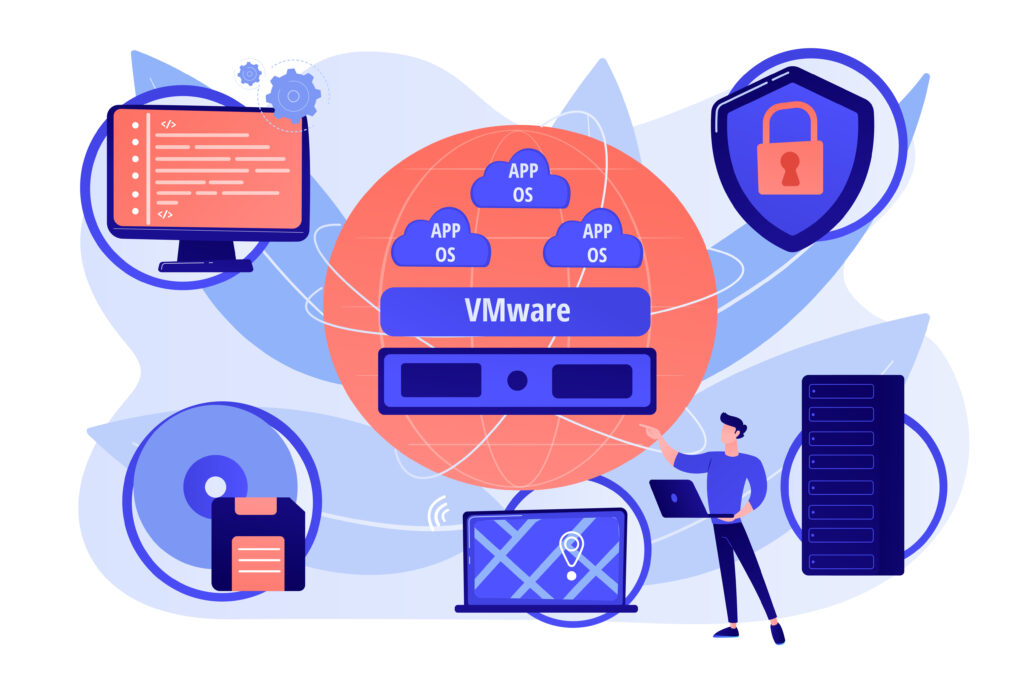In recent years, the healthcare industry has been undergoing a profound transformation, driven by rapid advancements in technology. From telemedicine to artificial intelligence, these innovations are changing the way we diagnose, treat, and prevent diseases. In this blog, we will explore the exciting developments in healthcare technology and how they are shaping the future of medicine.
The Rise of Telemedicine
One of the most significant changes in healthcare is the widespread adoption of telemedicine. Telemedicine allows patients to consult with healthcare professionals remotely, using video calls, phone calls, or even text messages. This technology has become especially crucial during the COVID-19 pandemic when in-person visits were limited.
Benefits of Telemedicine
- Improved Access to Care: Telemedicine eliminates geographical barriers, making healthcare accessible to people in remote areas or those with mobility issues.
- Cost-Effective: It reduces the cost of healthcare for both patients and providers by eliminating the need for physical infrastructure.
- Convenience: Patients can receive care from the comfort of their homes, reducing travel time and wait times.
- Timely Consultations: Telemedicine allows for quick consultations, which can be crucial in emergencies.
- Remote Monitoring: Patients with chronic conditions can be monitored remotely, enabling early intervention.
Telemedicine is not only changing the way patients receive care but also how healthcare providers deliver their services.
Artificial Intelligence in Healthcare
Artificial intelligence (AI) is another technological marvel that is revolutionizing healthcare. AI algorithms can analyze vast amounts of medical data and provide insights that were previously impossible to obtain.
Applications of AI in Healthcare
- Disease Diagnosis: AI can analyze medical images, such as X-rays and MRIs, to detect diseases like cancer and provide early diagnoses.
- Drug Discovery: AI accelerates the drug discovery process by analyzing genetic and molecular data to identify potential drug candidates.
- Personalized Treatment: AI can create personalized treatment plans based on an individual’s genetic makeup, increasing treatment effectiveness.
- Predictive Analytics: AI can predict disease outbreaks and help allocate healthcare resources efficiently.
- Chatbots and Virtual Health Assistants: AI-powered chatbots and virtual assistants can provide medical information, answer questions, and schedule appointments.
AI’s ability to process and analyze data at a rapid pace is transforming healthcare research and patient care.
Also Read:- https://thetechprecious.com/ai-healthcare-diagnosis-treatment-2023/
The Internet of Medical Things (IoMT)
The Internet of Things (IoT) has made its way into the healthcare sector through the Internet of Medical Things (IoMT). IoMT refers to the network of medical devices and applications that collect and transmit health data to healthcare providers. These devices include wearable fitness trackers, smartwatches, and even implantable sensors.
Impact of IoMT
- Continuous Monitoring: IoMT devices enable real-time monitoring of vital signs, helping healthcare providers make informed decisions.
- Preventive Care: Data from IoMT devices can identify early warning signs of health issues, allowing for preventive measures.
- Remote Patient Management: IoMT facilitates remote patient monitoring, reducing hospital readmissions and improving patient outcomes.
- Data Analytics: The data generated by IoMT devices can be analyzed to gain insights into patient behavior and health trends.
The IoMT is poised to enhance patient care and help individuals take a more proactive role in managing their health.
Robotics in Healthcare
Robots are no longer limited to science fiction; they are now a part of the healthcare workforce. Robotic technology is being used in various medical applications, from surgery to patient care.
Surgical Robots
- Precision Surgery: Robotic surgical systems offer unparalleled precision, reducing the risk of human error.
- Minimally Invasive Procedures: Robotic surgery allows for smaller incisions and shorter recovery times.
- Remote Surgery: Surgeons can perform operations remotely, which is especially valuable in rural areas with limited access to specialized surgeons.
Robotic Patient Care
- Assistance for Patients: Robots can assist patients with mobility issues, helping them with daily tasks.
- Medication Dispensing: Robots can accurately dispense medication and remind patients to take their medications.
- Rehabilitation: Robotic devices aid in physical therapy and rehabilitation, helping patients regain mobility.
Robots are becoming valuable assets in healthcare settings, enhancing the capabilities of medical professionals and improving patient outcomes.
3D Printing and Healthcare
3D printing technology has made significant strides in the healthcare industry, particularly in the field of medical device manufacturing and custom prosthetics.
Custom Implants and Prosthetics
- Personalized Prosthetics: 3D printing allows for the creation of custom prosthetic limbs tailored to an individual’s unique anatomy.
- Orthopedic Implants: Custom 3D-printed implants can replace damaged bones or joints, leading to better outcomes for patients.
Medical Models and Prototypes
- Surgical Planning: Surgeons use 3D-printed models of patients’ anatomy to plan complex surgeries.
- Medical Education: 3D-printed anatomical models are valuable tools for medical education and training.
3D printing is not only improving patient care but also reducing the cost and lead time associated with producing medical devices.
Blockchain and Healthcare Data Security
The healthcare industry handles vast amounts of sensitive patient data. Blockchain technology offers a secure and efficient way to manage and protect this data.
Benefits of Blockchain in Healthcare
- Data Security: Blockchain ensures that medical records are tamper-proof and can only be accessed by authorized personnel.
- Interoperability: Blockchain promotes interoperability between different healthcare systems and providers, improving data sharing.
- Patient Control: Patients have more control over their medical data and can grant access to healthcare providers as needed.
- Streamlined Billing: Blockchain can simplify billing processes, reducing administrative costs.
By enhancing data security and streamlining data sharing, blockchain technology is poised to improve the efficiency and security of healthcare systems.
The Ethical and Regulatory Challenges
While technology is transforming healthcare for the better, it also brings about ethical and regulatory challenges that need to be addressed.
Privacy Concerns
- Data Privacy: With the increasing collection of health data, protecting patient privacy is paramount.
- Data Ownership: Determining who owns and controls patient data can be contentious.
Regulatory Frameworks
- FDA Approval: Medical devices and AI algorithms require rigorous FDA approval, which can slow down innovation.
- Data Sharing Standards: Establishing common standards for data sharing is essential for interoperability.
- Ethical AI Use: Ensuring AI is used ethically and doesn’t perpetuate biases is an ongoing challenge.
Conclusion
The future of healthcare is bright, thanks to technological advancements that are transforming the way we treat and prevent diseases. Telemedicine, artificial intelligence, the Internet of Medical Things, robotics, 3D printing, and blockchain are just some of the technologies reshaping healthcare delivery, making it more accessible, efficient, and personalized. However, as we embrace these changes, it’s essential to address the ethical and regulatory challenges to ensure that technology continues to benefit patients and improve healthcare outcomes. With continued innovation and a commitment to ethical use, the future of healthcare looks promising, offering better care and improved quality of life for individuals around the world.



